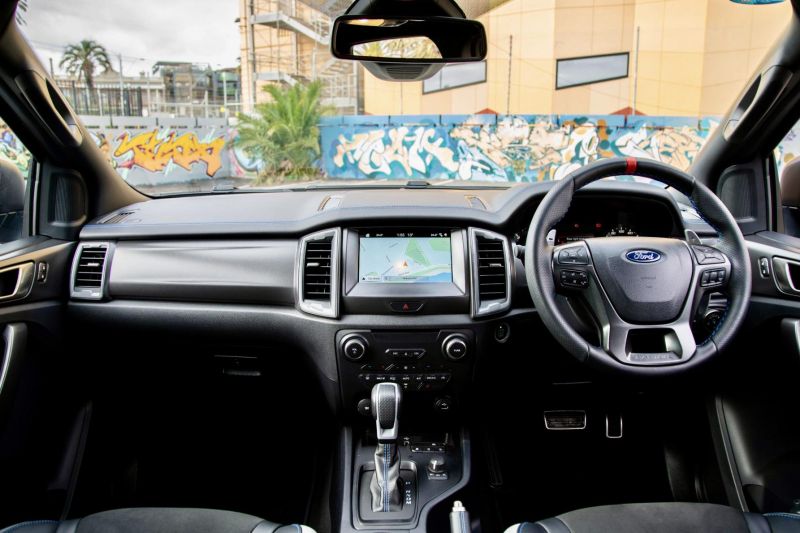Front-mounted cameras can provide extremely important information to drivers, like speed limits and the distance between you and an obstacle. But ads?
A patent filing by Ford with the United States Patent and Trademark Office reveals the company is interested in displaying advertisements in its vehicles.
The front-mounted camera of a vehicle would identify billboards and display elements of this signage on the car’s infotainment system.
Specifically, it would pull details like the name, phone number and address and generate hyperlinks, allowing you to more easily locate or contact a business.
While this could be mildly convenient for a driver in rare situations, this presents numerous issues.
It provides yet another distraction for the driver – on a screen that can already be distracting – and is yet another example of the pervasion of advertising in our lives.
It also suggests Ford, were it to deploy this technology, could charge buyers more to get rid of it – think of all the insufferable ads for YouTube Premium on YouTube, for example.
A report by the Road Safety Commission in Western Australia noted 77 per cent of car crashes resulting in a death or serious injury in 2017 were the result of a lapse in concentration or judgement.
The report also cited research from WA that digital billboards significantly affected driving performance, particularly speed and lane-positioning.
Likewise, UK road safety nonprofit IAM RoadSmart conducted a study that found drivers’ reaction times were slower when distracted by Apple CarPlay or Android Auto.
The report found drivers took their eyes off the road for as long as 16 seconds while using smartphone mirroring, with the organisation concluding these applications resulted in even slower reaction times than with drivers who were calling or texting or even under the influence of marijuana.









